Failed leaders should not be leading new city initiatives
Yes, I know this statement applies to most things Shatty. In this article, I am referring specifically to the Sustainable Parks Funding campaign
In the past 5 years, there have been two significant media startups in Shatty Town. There is Paul Oliva’s Times, which operates as a public hub that circulates open-source journalism (including Oliva’s own work) collated from a variety of Shatty Town-based websites. And there is CivicTown, which receives local and federal grant money to report exclusively on what city council members do at City Council meetings, like a local version of a White House press corp.
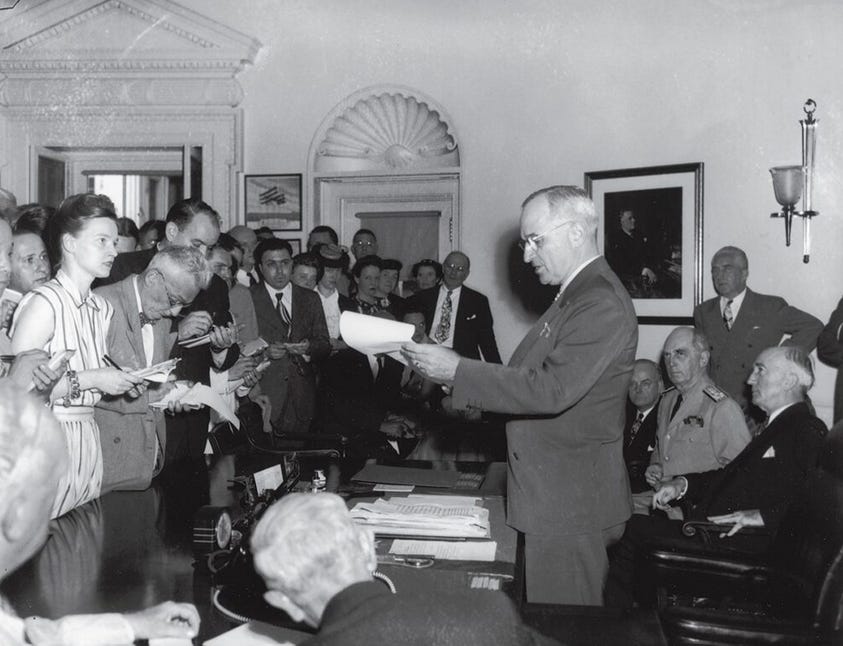
It is notable that, of the two startups, the Times has produced significantly better coverage—depth, perspective, news reporting— of the Parks Funding Referendum. In fact, the Times has out-covered the city’s mainstream media giant, the Herald Leader, which has curiously chosen to focus its referendum resources exclusively on a statewide referendum regarding school vouchers. (I stopped counting at eight HL features on the topic—surely no culture wars involved there….)
Shattizens who desire to be informed about their urban county should take note, and visit, value and circulate those sites that are working to inform them.
***
Kudos to the Times editor Paul Oliva for continuing to focus on the ballot initiative proposed by the newly formed advocacy group Parks Sustainable Funding. Their initiative, on which Shattizens will vote in the coming November election, would create a new parks tax to to fund capital projects at parks across Fayette Urban County.
Oliva’s argument, expressed in an October 4 editorial that all voting FUCers should read, is that the Parks referendum “is not about improving parks for everyone.”
It’s being sold as a public good, but the reality behind it reveals a troubling pattern of secrecy, elitism, and misplaced priorities. It’s being driven by the richest people in [Shatty Town] to enhance property values, push working-class families out of the city, and divert resources away from programs that support the poor—such as rent assistance, public housing, and services for the homeless. This is all part of a broader trend of gentrification that seeks to reshape the city to serve the interests of those who already have the most.”
One need not agree with the direct causality ascribed by the editorial—Shatty’s richest have plotted a park tax to divert resources from the poor and promote county-wide gentrification—to agree with the editorial’s position that voters should reject the Parks referendum because it advances “a plan that serves the interests of the elite, not the broader community.” As a class, the Shatty elite (here I include most of the city’s professional managerial classes, the PMC) hold way too much southern noblesse oblige to be capable of actively plotting to rip off the city’s poor and middle classes.
Our elite are rather more like the genetic heirs of F. Scott Fitzgerald’s Tom and Daisy Buchanan, East Eggers from Long Island. “They were careless people,” Fitzgerald writes of this group who may as well reside in Bell Court, who “smashed up things and creatures and then retreated back into their money or their vast carelessness.” No active malice, certainly, but plenty of careless breaking and little self-reflection. As a personal quality, this is not so big of a deal. But this becomes a problem when it extends into empowered civic leadership.
I suspect most people outside of the PMC get this sense of flippant carelessness about the Parks Sustainable Funding crew, even if they can’t verbalize it and our media of record refuse to acknowledge it. In advocating for the tax, the group has made much of the over $100 million shortfall in capital projects for city parks. This number, a $100 million parks projects shortfall, has dutifully been reported, amplified even, by local reporters at the Herald Leader, WEKU, and CivicLex.
But how did our Shatty parks get to their present degraded shatty state? This seems important for voting citizens to consider as they vote on a tax proposal put forth by a newly formed, mostly anonymous, citizen group. And yet, this boilerplate question does not seem to have ever been considered publicly by our class of local journalists (except of course by me, here).
Probably for good reason. Thanks to follow-up coverage by Oliva that names the Parks Sustainable Funding donors, we now know that our present advocates for park equity presently urging you to vote yourself a new city parks tax for the good of all Fayette…are the same careless leaders who spent the previous two decades underfunding your city park system so that they could pimp out downtown and its investible northside neighborhoods, where most of them had personal private capital investments!
A flip like that takes balls the size of Dick Cheney—and an amnesiac populace—to pull off.
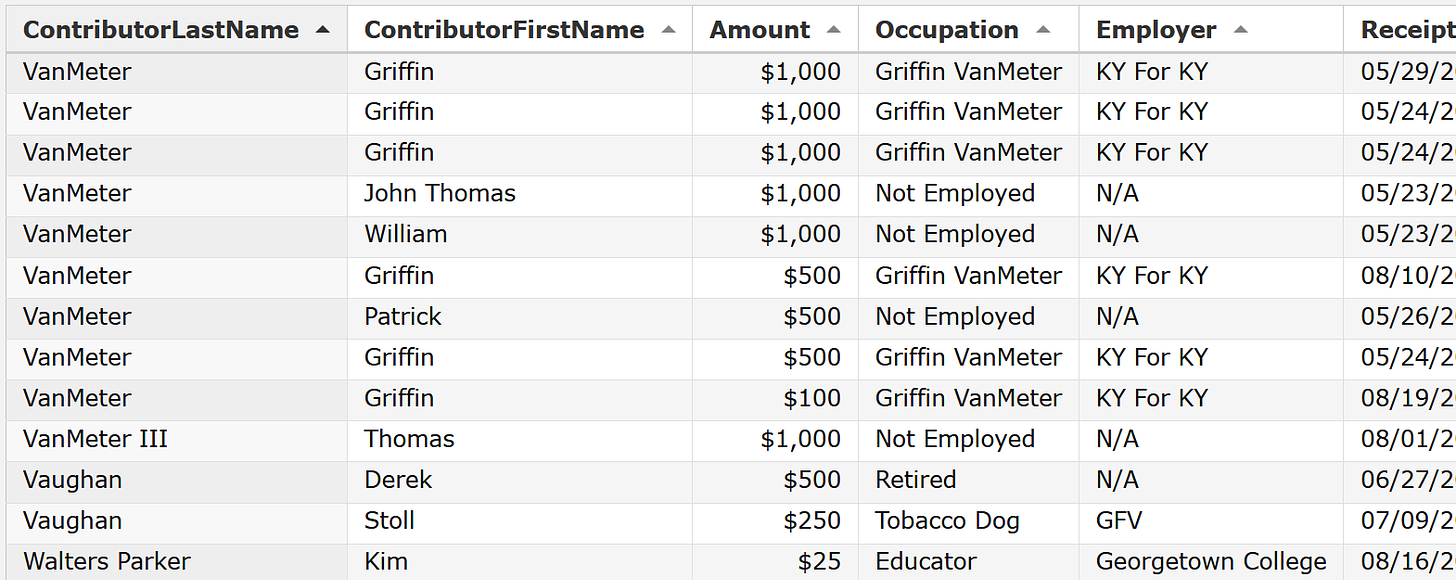
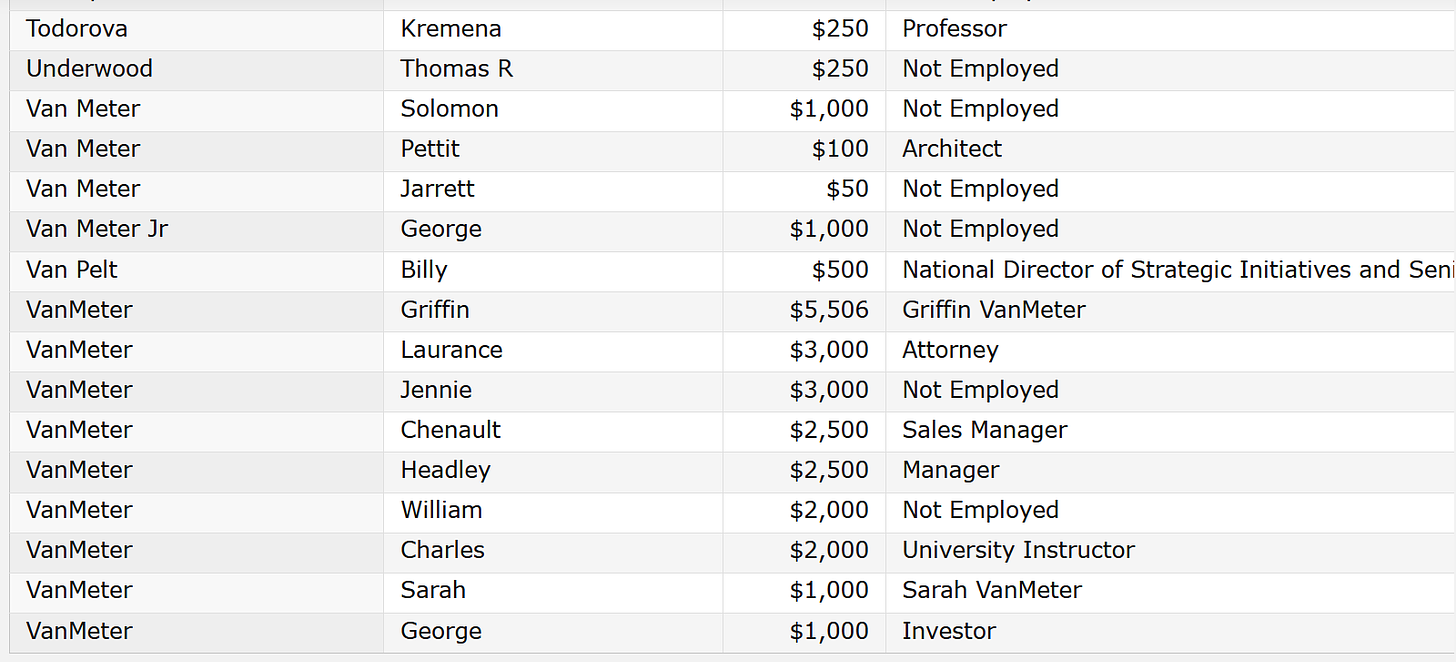
Sustainable park funding, the Town Branch Commons, and our East Egg leadership
Even Sustainable Parks Lexington seem to acknowledge the fairly big woopsie of their previous beliefs in park development. Take a look at the group’s FAQ page. The group actually has to devote a specific tab to the question of whether last decade’s primary park project would be eligible for funding under the proposed parks tax.
Sustainable Parks Lexington wants Shatty voters to know that the parks tax they want you to vote for will absolutely not go to private parks like the Town Branch Commons. The park equity leaders of East Egg write,
No. The parks funding ballot referendum would provide funding to enhance city-owned parks, trails, open spaces, and recreational facilities. [Town Branch Commons Park] is a donor-supported park funded by private dollars.
About that Town Branch Commons. This project was proposed in 2013 by the Mayor Jim Gray administration, whose business Gray Construction is a Sustainable Parks funder.
Here is the reception that this Jim Gray-proposed private park received in 2014.
Yes, Van Meter Pettit, author of the 2013 paean to Shatty’s private park, is in 2024 a $100 supporter of making Shatty’s parks sustainable.
But back to that 2014 Commons project. Two things. First, let it sink in that it took a group of elites mobilizing in 2024 to allow an anonymous website creator to sorta publicly acknowledge that the project we have been calling a “commons” since 2014 was in fact a private venture: a trail bookended by private Tax Increment Financing projects and featuring a deluxe private park with a private foundation to manage all of it. Talk about careless. Were there no civic wordsmiths in this university arts town willing to go on record with the simple statement that a common is not a private? Apparently not.
Second, consider the money and other mobilization of resources needed to construct the single misnamed 2.2 mile Town Branch Commons. As proposed in 2013, the Commons were to cost $75 million. The price was widely justified by East Egg leaders and media as a bold world class investment in the city’s common future—a single trail and a single park, designed by a Brooklyn genius, located downtown.
The Shatty Commons should be complete about the time that voters go to the polls to vote on the City Park Tax. The actual cost of the private Commons is likely to exceed $90 million, making it perhaps the most expensive 2.2 mile bike trail in world history.
To secure that amount of capital, the private Commons had to operate like a public funding shopvac that’s been placed on nonstop suck for 10 years. The Commons have hoovered several multi-million dollar appropriations from the Shatty General Fund, a federal TIGER grant for creating alternative transportation infrastructure, landscape design challenges, art grants, food-truck nights, untold media stories, and private donations from many of the same people now funding (with far less of their money) the Sustainable Parks tax proposal. Hell, even before the Commons’ impending official completion date, city leaders have already redirected budget money for a nearly year-long repair of a block-long section of it.
One would have to be a careless citizen indeed to not consider Shatty’s current $100 million parks project shortfall as anything other than the expected result from the city’s supersized, decade-long, investment in a single downtown park and trail, itself part of a billion dollar investment to make downtown Shatty Town a fun!fun! center for tourists.
That’s not elite malice against the sort of people who can’t afford to jet into 21C for a day on the Commons that these people are expressing. God bless ‘em, they just sincerely like fun and, at the time, from 2013 until just last year, believed in the creative class idea that downtown was the best place to experience fun in this city and therefore deserved the sort of outsized funding and cultural support that, whoopsie!, led to our current parks shortfall (and housing shortfall, and business stagnation, and…). I do believe that they now hold an equally sincere belief in the newly fashionable ideas, given to them by the national nonprofit Trust for Public Lands, that all people deserve access to the sort of parks that they, the East Eggers, decide can be built (with your money).
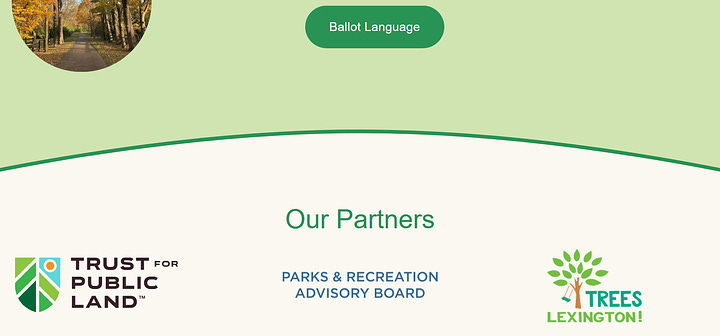

But it is also not an act of malice on our part to publicly connect their past leadership failures to their present claims of how to fix an inequitable and Fayette Urban County’d park system.
It is up to us, as citizens, to let those East Eggers know: we don’t reward failure. You failed last decade, Griffin Van Meter and Van Meter Pettit and Jim Gray and Bluegrass Community Trust and Ann Kenan and all you creative class hopheads living in Bell Court and Gratz Park and Kenwick and Woodland and Ashland and Chevy Chase who bankrupted our parks for your personal vanity projects. You joyfully created a two-track city, and then lavishly rewarded one of those tracks for decades. This is why our parks are so disinvested. We followed your slumlord leadership. We were wrong to believe in you.
Own up to it. Grovel if you need. Acknowledge that your proposal to give the most wealthy people in this city an annual $20 million credit line for their new vanity park projects is, like a private park masquerading as a commons, about the farthest one could get from being equitable or sustainable.
And then let’s get on with the task of looking for some other people to lead on this, for Fayette Urban County’s sake.




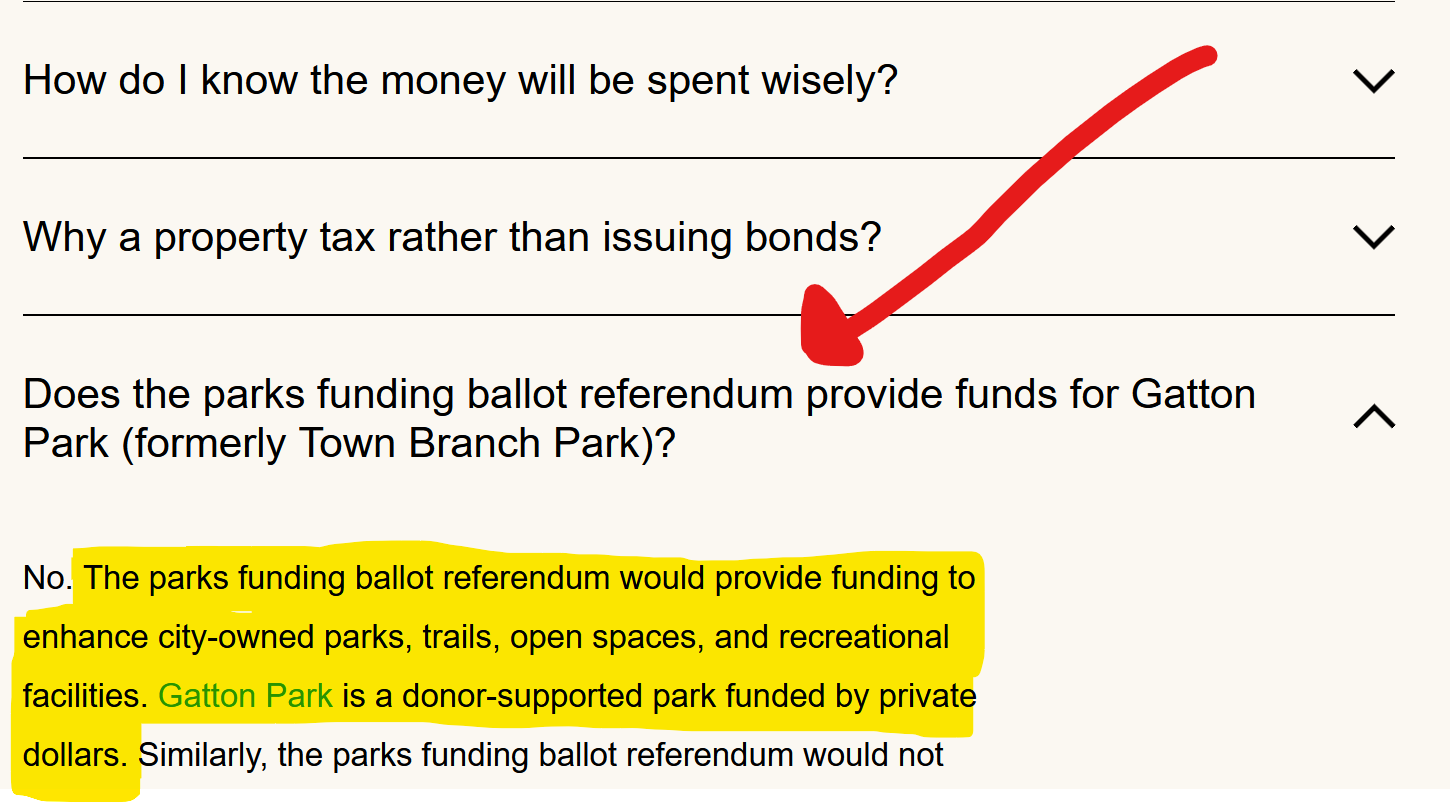
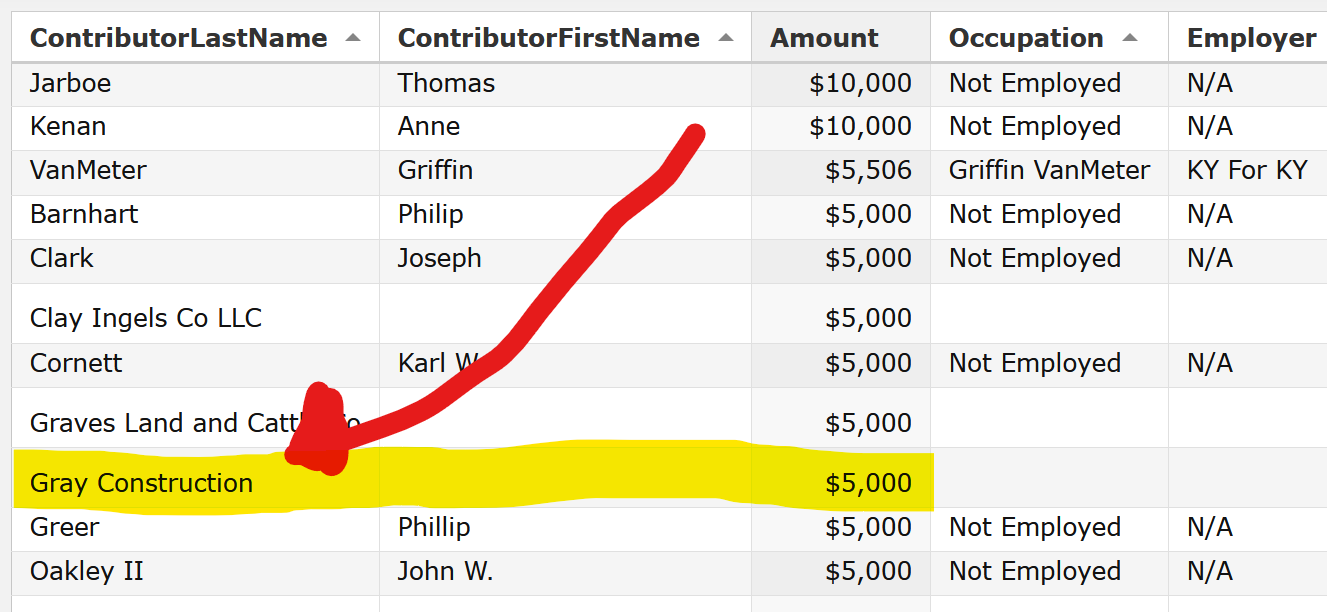
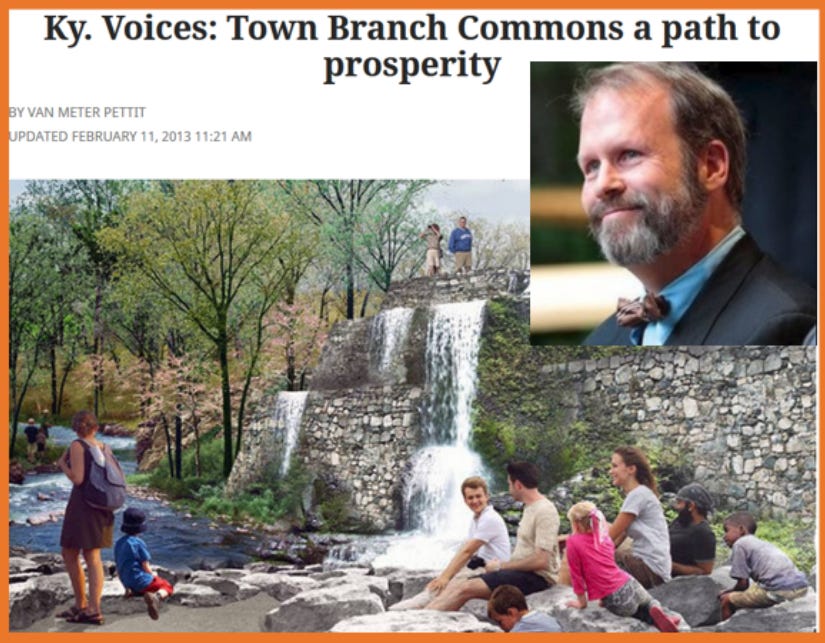

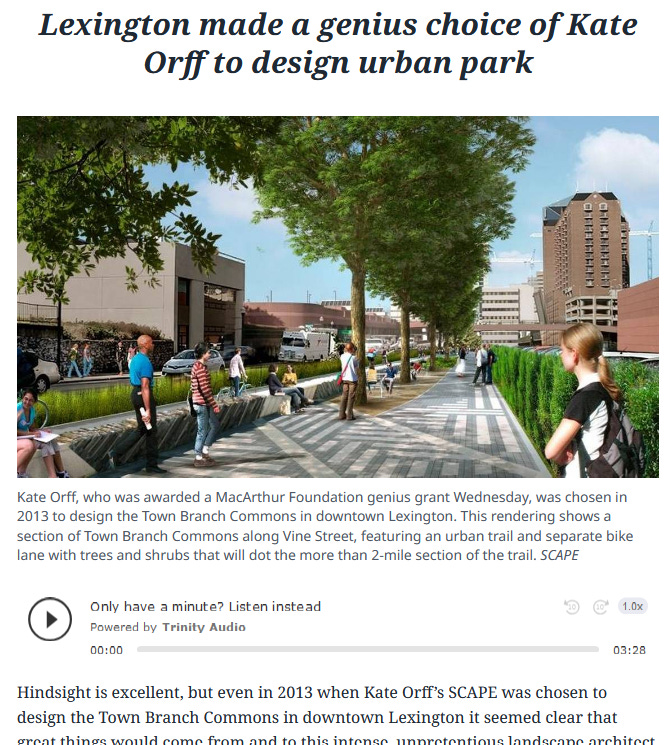
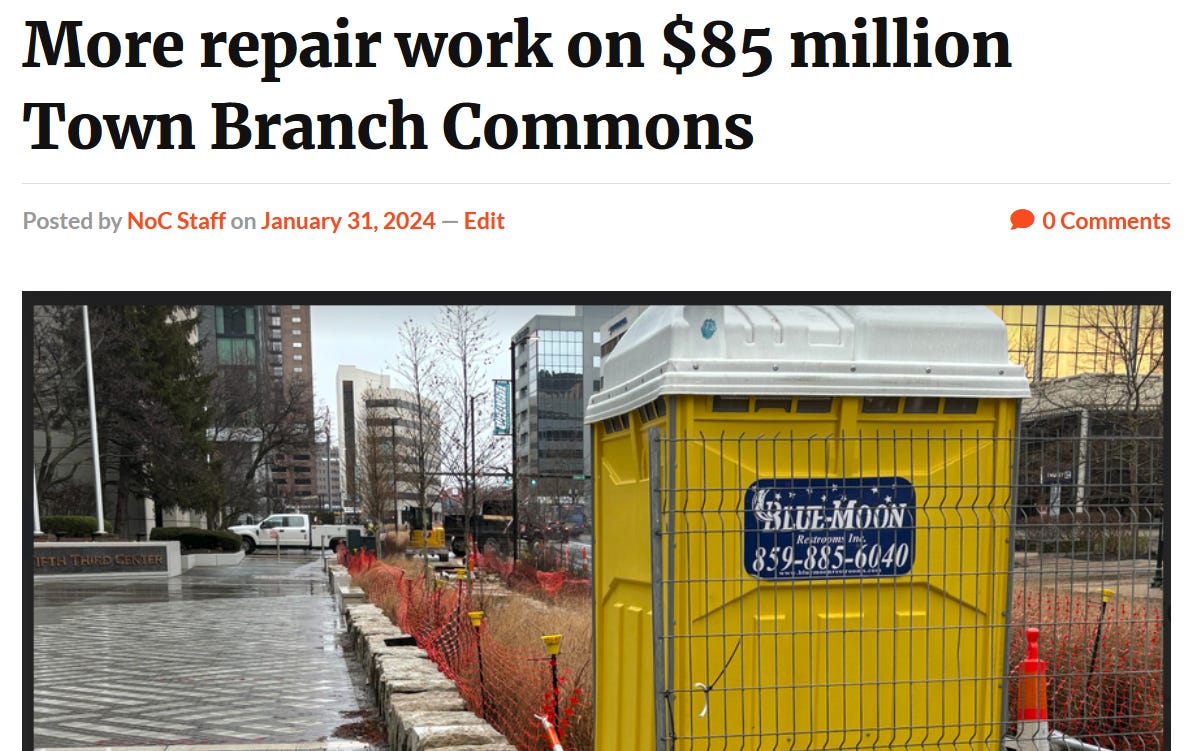
Well said!